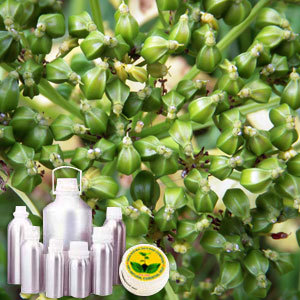Botonical Name | : | Petroselinum sativum | |
CAS # | : | 8000-68-8 | |
Country of Origin | : | India | |
Color & Odor | : | Pale yellow to light brown clear liquid with herbal spicy odor | |
Solubility | : | Soluble in oil and alcohol, insoluble in water | |
Specific Gravity | : | 0.9590 - 1.1500 @ 25°C | |
Optical Rotation | : | +5 to + 20 | |
Refractive Index | : | 1.495 - 1.520 @ 20°C | |
Flash Point | : | >100 °C | |
Plant Part Used | : | Seeds | |
Extraction Method | : | Steam Distillation |
DESCRIPTION:
Used in some carminative and digestive remedies, such as 'gripe waters'.It is used in soaps, detergents, colognes, cosmetics and perfumes, especially men's fragrances. It is also found in meats, pickles, and sauces.CONSTITUENTS:
iron, riboflavin, Apiol, myristicin, pinene, potassium, thiamine, vitamin A, vitamin C. AROMATIC SUMMARY / NOTE / STRENGTH OF AROMA:
A middle note with a medium aroma, Parsley Seed Essential Oil does not smell at all like the culinary herb; it has a sweet, warm spicy scent that is herbaceous.BLENDS WITH:
Cananga, clary sage, neroli, oakmoss, rose, tea tree, and spice oils.COMMON NAMES:
Curly Parsley; Flat-leaved Parsley; Parsley.USES:
Accumulation of toxins, aids in child birthing, amenorrhea, arthritis, broken blood vessels, cellulite, colic, cystitis, dysmenorrhea, flatulence, hemorrhoids, indigestion, rheumatism, sciatica, and urinary infection.


































